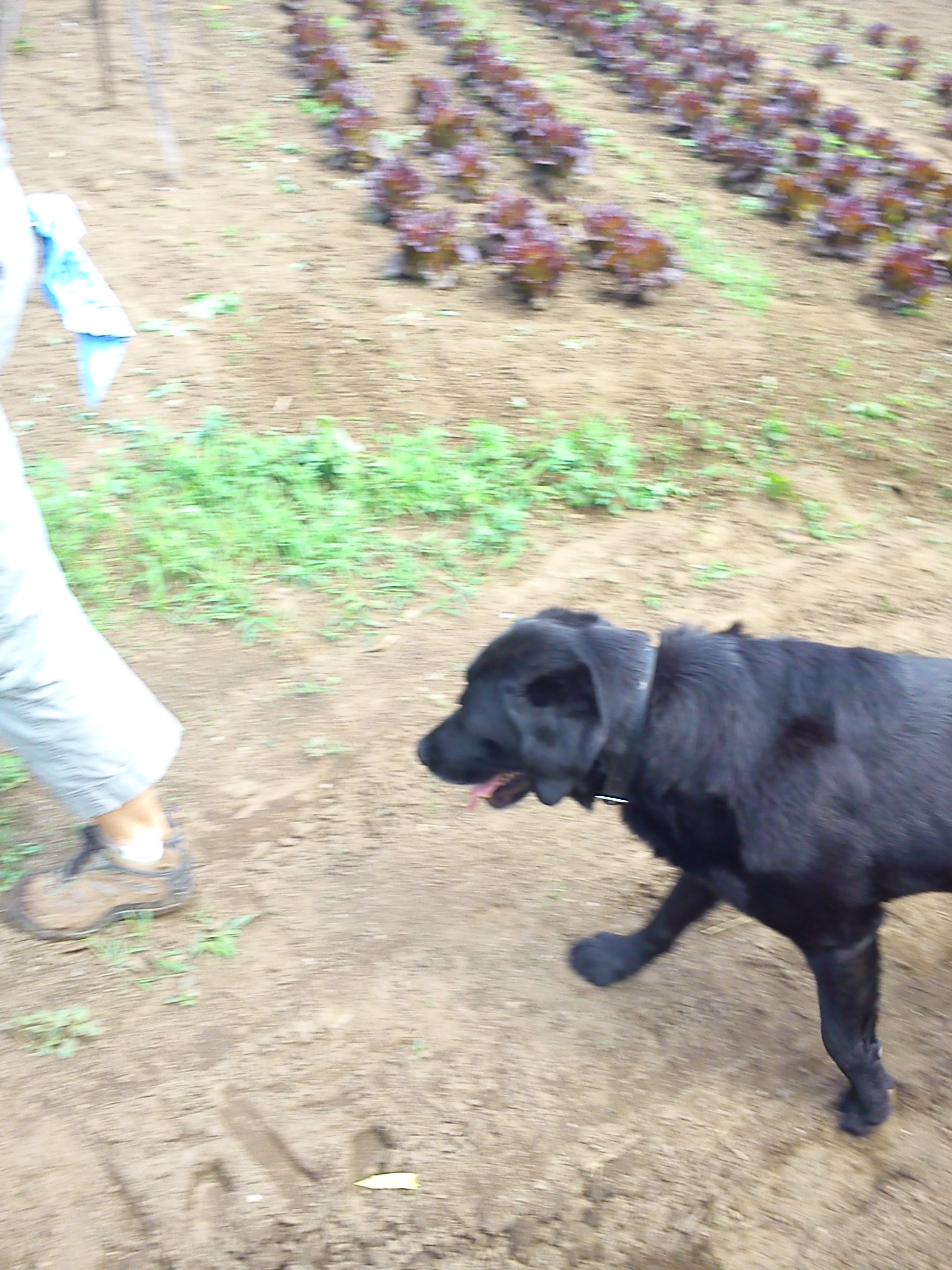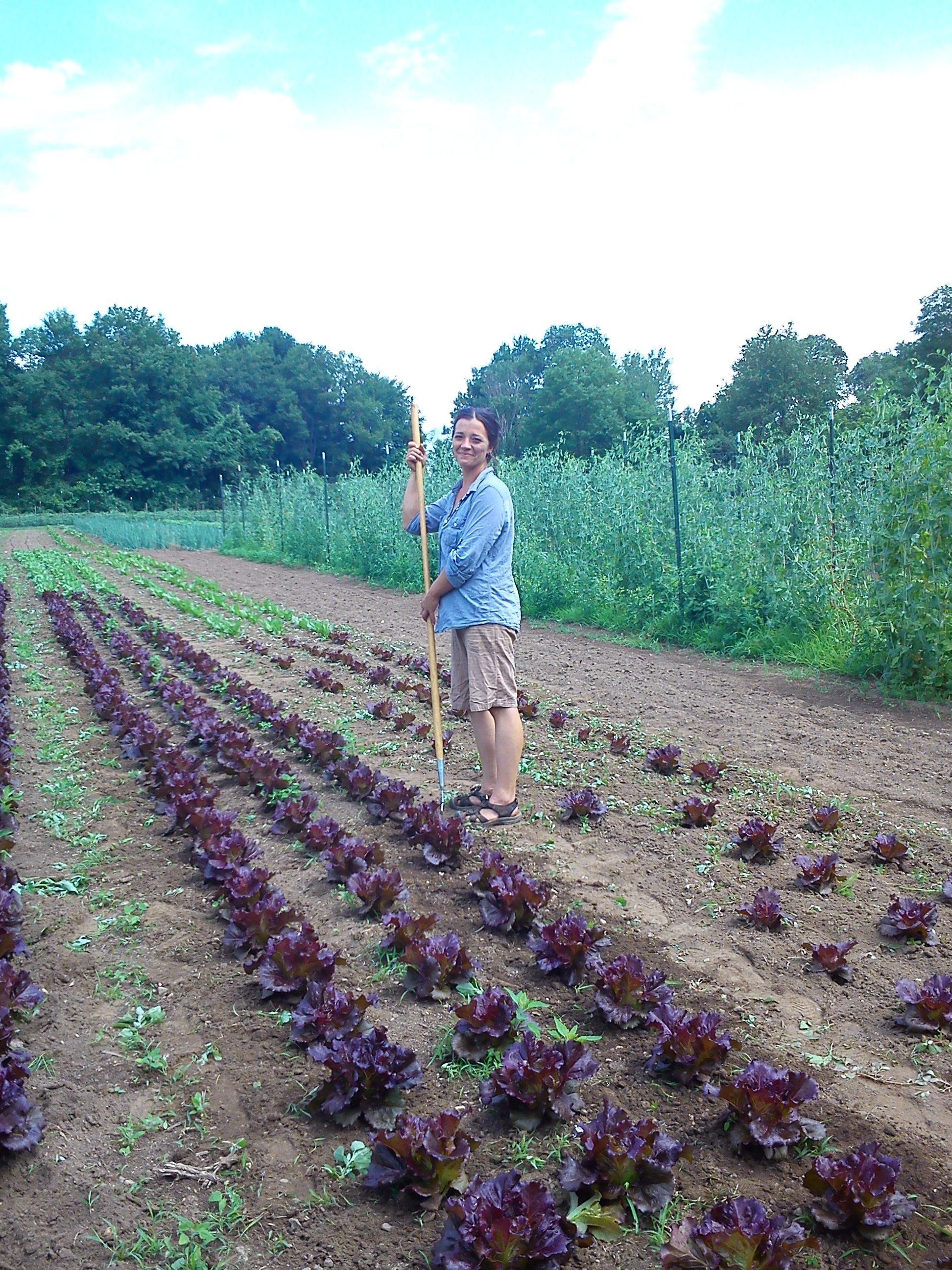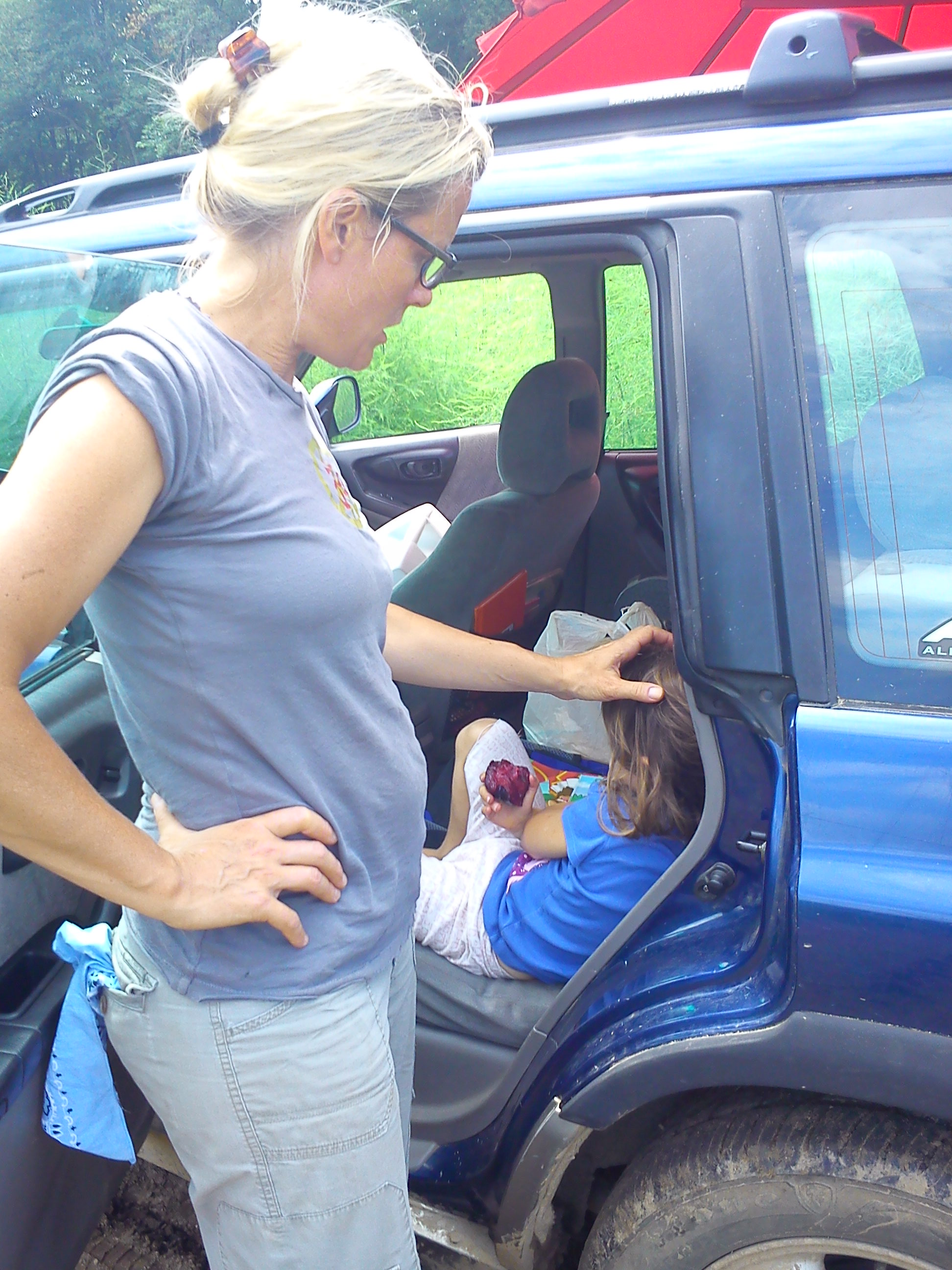There are many hard-working parents, families, professionals and caregivers attending to an ever-increasing number of children with Autism. Autism is not just ‘someone else’s problem’. As numbers grow it is relevant to us all. At some point, Autism will touch your family and your community. It’s important to identify and share new ways to approach Autism as parents, caregivers and communities. We can all benefit from learning how to look at the condition from different angles in order to find answers as well as to find Hope.
At first, it’s difficult to imagine Hope when the numbers and associated costs of Autism are growing while care and treatment increasingly overwhelms parents, families and state systems. Some argue that it is not yet clear if the increase in cases is down to actual numbers of children with Autism or the methods in which children are diagnosed and accounted for. Either way, let’s not split hairs: the numbers are rising.
Autism in the U.S. has more than doubled from 1:150 in 2000 to 1:68 in 2010. According to 2010 data, Autism is about 5 times more prevalent among boys [1:42] than among girls [1:189].
For parents of children with Autism, there’s no Hope in hearing box-standard messages that “your child will never learn to speak,” “your child will never be potty-trained,” “your child will never be able to look at you and say I love you” yet they are dispensed de facto, like bullets.
If you are a parent who has been told that your autistic child will “never, never, never,” take heart. It is possible to shift the dialogue from "never, never" to Possibility. Parents need not be defeated before they even begin to Hope for a better life for their autistic child. It’s OK to Hope. It leads to Change.
Possibility thrives in Change. As humans, we are all capable of awakening dormant muscles in our brains, firing them up and enabling us to look at Life’s challenges with new eyes in order to find new approaches to road blocks and problems. Changing assumptions - our own and others - is the first step, a turning point where we change course and allow ourselves to say “this is possible,” “this can be done,” “there is Hope here.”
No matter what the challenge is, new measures need new tools. Trained guides can show us where to find those tools and how to use them to replace negative voices with the voice of Possibility, the voice that’s pounding away on our heartstrings with an upbeat refrain …“your child is unique and wonderful,” “your child is capable of so much more than never being anything,” “you are a beautiful parent,” and “this is not your fault, it is your journey.” It is possible for parents of an autistic child to learn how to unravel the web that has wrapped itself around their child, like a cocoon keeping them padded and safe but preventing them from learning what’s really beyond the layers of fuzz.
___________________________________________
Tammy and Chris Merenda became foster parents to Ja’Quan, a severely autistic six year old in 2011. Prior to that, Ja’Quan had been moved from foster home to foster home, close to thirty times, before he came to live with them. Starting out as foster parents Tammy and Chris quickly learned that they had no authority to be “hands on” parents within the parameters of the state system. As foster parents, Tammy and Chris were not permitted to home-school Ja’Quan; they could change his diet at home but it would not be supported at school where "treats" are given as rewards as part of an ABA approach; and they could not take him off of medication which left him in a perpetual fog. The one thing they could do was adopt Ja’Quan and so began their dialogue of Possibility.
We are Family. The Merenda's first family photo.
Tammy and Chris were not encouraged to adopt. Apart from two supportive social workers, they were dissuaded and instructed never to expect anything from their foster child, and never to hope for a transformation. “Never” went against everything they believed was possible for this special child. After an arduous legal process that lasted for over a year, Ja’Quan was officially adopted in 2012. Tammy and Chris were no longer ‘just a couple.’ Together with Ja’Quan they had become The Merenda Family.
This was not a snap decision for Tammy and Chris. They did not go skipping naively into adoption. In making up their minds to adopt an autistic seven year old, Tammy and Chris confirmed that they wanted the same things in life. They have a shared focus in their unwavering commitment and love for Ja’Quan and with that comes a deeper meaning to their lives.
People define ‘Meaning’ differently. What is meaningful to one person is not always apparent to another. Because of this, the Merenda’s decision to adopt Ja’Quan was not universally supported, more out of concern than out of criticism. Adopting a severely autistic child is nothing short of life-changing. Friends and family worried that Tammy and Chris were taking on too much and throwing away their future on a “hopeless cause.” Even the state system had Ja’Quan programmed for a life of little progress moving from one home to another before permanent institutionalization.
For Tammy and Chris, Ja’Quan is anything but a hopeless cause. He is their sun, their moon and their North Star, a special soul who has brought a sense of purpose to their lives. Neither feels that they are losing out in any way. Their relationship with Ja’Quan nourishes them as a couple and as individuals. It’s not a sacrifice. It’s a choice, and one that brings many blessings.
Please take a moment to watch this touching video Tammy and Chris made as a thank you to their son's volunteers for whom they are deeply grateful. If you're wondering whose GORGEOUS voice that is, it's Chris! He wrote the lyrics, too
Without their shared focus, they would never have witnessed Ja'Quan's remarkable growth. Tammy and Chris approach each day by first identifying goals for Ja’Quan and the most suitable approaches to support them. They break each day into shifts and take turns to balance the load. They work closely with volunteers to give Ja’Quan the help he needs as well as the support they need as parents. Together with their volunteers, they are all on Team Ja’Quan.
Every day with Ja’Quan is physically, mentally and emotionally filled so every moment matters. Working with Ja'Quan is not a sprint. It is a long-distance endurance run. As a team, they know how to pace things and map out the most effective route toward Ja’Quan’s progress. Tammy and Chris would be the first to tell you that while there are many good days, there are some difficult days, too. Trained teachers from Autism Treatment Center of America, home of the Son-Rise program in Sheffield, Massachusetts, help them work through the tough spots.
The Son-Rise Program is an alternative autism treatment based upon the idea that the children show us the way in, and then we show them the way out. This means that, rather than trying to force our children to conform to a world that they don't yet understand, we join them in their world first.
According to the Journal of Communications Disorders The Son-Rise program has demonstrated measurable improvement in three key areas: 1] Social/communication skills; 2] Interactive attention span and frequency of interactions; and 3] Spontaneous social communicative interaction. The study was only 5 days long. Imagine the findings if a longer term study could be conducted!?
That's my Mommy. Ja'Quan and Tammy at The Autism Treatment Center of America.
Following the Son-Rise program at home has been a steady process for the Merendas. One step at a time, Ja’Quan has made remarkable progress. He now speaks 2-3 word sentences but is capable of 6 word sentences, too. On Thanksgiving Day he said: "Be right back. Go cook bacon." If you hold up an object or show him a picture, he will tell you what it is. His high intensity moments [kicking, hitting, punching, biting, head-butting] have decreased and tantrums no longer last 3-4 hours but 5-20 minutes instead. He is potty trained and most beautiful of all, he says ‘That's my Mommy’.
While the Son-Rise program has provided necessary advice and training, Tammy and Chris needed to do more than just follow a program. They needed to change the way they structured their lives. They knew that in order to get to know their adopted son, they would first need to un-do all the patterns familiar to him and from there they could all start with a clean slate. How can you really get to know a person if he is drugged, eating poorly and restrained as part of a ‘normal’ day at school? You can’t. As soon as Ja’Quan was adopted he was taken out of the system to be home-schooled using the methods and techniques developed at The Autism Treatment Center of America.
This pivotal first step was the kick-start to a very positive domino effect. The Merendas were now on a road marked with many green lights. Sure, there would be pot holes, red lights and stop signs, but their focus was always on getting to the next green light. With Ja’Quan at home, Tammy and Chris could introduce a new diet, a new daily rhythm, and a new curriculum that would:
- Work with doctors to wean Ja’Quan off of drugs that “doped” him and impaired his ability to learn and connect with the world around him.
- Work with nutritionists to provide a healthy and consistent house-hold diet free of Gluten, Sugar, Dairy, and processed food and one that is rich in organic, fresh, whole foods.
- Teach without the use of physical restraint as practiced within “the system” during moments of “Intense Energy” [biting, hair pulling, hitting].
- Maintain an environment that would not over-stimulate the parts of Ja’Quan’s brains that are already developed [i.e., no t.v. or technology].
- Develop spoken language skills without using technology or sign language believing that Technology puts up a wall that hinders social development while sign language is not necessary when there is nothing wrong with vocal cords.
Ja’Quan’s playroom, aka Focus Room, is a square, colorless room with one window and a padded floor. One wall is a white board for drawing while the opposite wall is a mirror/observation window. There is also a side mirror on one wall which is an effective tool for building eye contact. Toys are not strewn all over the place. They are neatly shelved above to encourage Ja’Quan to look up and request them by name. There are no bright colors. There are no loud sounds, yet this is a fun place where Ja'Quan is encouraged to use his imagination, something Tammy and Chris saw very little of when he first arrived.
He no longer lines up toys side by side, or stacks them, or color codes them. Now he flies his favorite characters around on dragons with playful, gleeful words bouncing along with them 'jump!' 'run faster!' 'dive!" "cannon ball!' 'tuck and roll!' or is that 'rock and roll'? an expression that would come as no surprise given that Tammy and Chris are both musicians who met on Arlo Guthrie's Alice's Restaurant Tour [Chris was back up drummer and Tammy was "the merchandise girl".]
This is a joyful place where Ja’Quan’s voice practices new words and strings them together with the threads of his imagination. It is a place where his laughter is as prevalent as the tiny miracles that happen there each day.
Tammy and Chris made this video after their 2014 Intensive Training Session at Autism Treatment Center of America. It really shows the spirit and energy surrounding Ja'Quan.
Ja’Quan arrived with a vocabulary of 30 words, most of them learned from being plunked in front of a t.v. for many years and many hours. It is true - T.V. has a “calming” effect on children with Autism as it distracts them from “intense energy” episodes, but it also over-stimulates that part of their brain which is already highly active, leaving the other part in a perpetually weakened state. Tammy and Chris and their team of volunteers focus on developing that weaker side.
When it comes to deciphering Ja’Quan’s sounds, Tammy describes herself as a “happy detective,” a term used at The Autism Treatment Center of America. Tammy knows that “All these sounds mean something. They are words waiting for form” and she’s right: Ja’Quan’s vocabulary has jumped far into the hundreds and Tammy can no longer count his remarkable progress. Their first break-through happened when Tammy recognized Ja'Quan’s “pee-mee mar sets” as “pygmy marmosets” something he picked up from watching "Go Diego, Go!" Nickelodeon's cartoon adventures of an 8 year old Latino animal rescuer. As it happens and quite by accident, Tammy had just picked up those words on a recent trip to Peru. Ding!Ding! Green Light. Door Open. Advance to Go. Enjoy this Happy Moment!
Diego became part of the Merenda family. He aided their growing daily dialogue and was instrumental in connecting with Ja’Quan. Ja’Quan no longer watched t.v. but he could “interact” with his cartoon friend. Diego was not a barrier. He was a bridge.
Manifestations of the playful Latino character were readily accessible to Ja’Quan throughout his new home. As a bridge, Diego made it possible for Tammy and Chris to get messages through to their son. With Diego at the helm, potty-training took on new dimensions as an all-out family effort where every turd was cause for celebration. Within a dialogue of Possibility the first “mission impossible” had been tackled. Ja’Quan was no longer painting walls with his poop. He was doing things the right way, just the way Diego would.
Learning how to find “green lights” and build “bridges” is at the heart of the Son-Rise program which regularly counsels Tammy and Chris on their approach to their son’s Autism. It teaches parents how to structure and build a daily curriculum and how to identify the right goals to work towards. The program shows parents how to pay attention to the clues and cues their child sends out. Parents discover the ways an autistic child offers up “invitations” through eye contact [green lights] to join in and cross over [bridges] into their world.
Tammy and I attended Raun Kaufman's Autism Breakthrough Lecture in Boston. It was inspiring, thought-provoking and offered practical advice, for every parent.
The joining happens during the stim [repetitive behavior: spinning plates, flapping hands, tapping] when the child makes eye contact and is ‘ready to receive'. This is a 'green light' for a parent who is 'ready to follow’ and step over a threshold into their child’s world. When they are there together in that “other” world, they are totally present and completely joining in the act of just “being” together.
“Joining in” with an autistic child is a constructive process for the Merendas that has given them the building blocks they need to make a stronger bond with Ja'Quan. Rather than reinforcing “bad habits” as many critics claim, the act of crossing bridges and joining in is an act of Love and Trust that leads a family to the next green light.
Every time a child invites a parent in and every time a parent joins in, they are constructing more and more bridges and strengthening bonds as they go. Trust, Commitment and Understanding grow as parents join in with their child with increased frequency and ease.
The process is not imaginary. It is not temporary. It is real. Emotional bonds become stronger as the number of bridges begin to add up. Eventually the bridges join to make a solid road, a road paved with Possibility and heading in both directions...and this road is dotted with green lights and always pointed towards Remarkable Progress leaving the "never, nevers" well and truly behind.
_____________________________________________________
To learn more about Ja'Quan Merenda, please visit his website, Help Us Help Jaquan. If you have a genuine desire to impact the life of a child and are interested in volunteering, please visit Ja'Quan's site for a listing of volunteer and paid positions. If you wish to give a holiday gift that truly makes a difference to a kid's life, please check out the list of playroom toys listed on the site.




















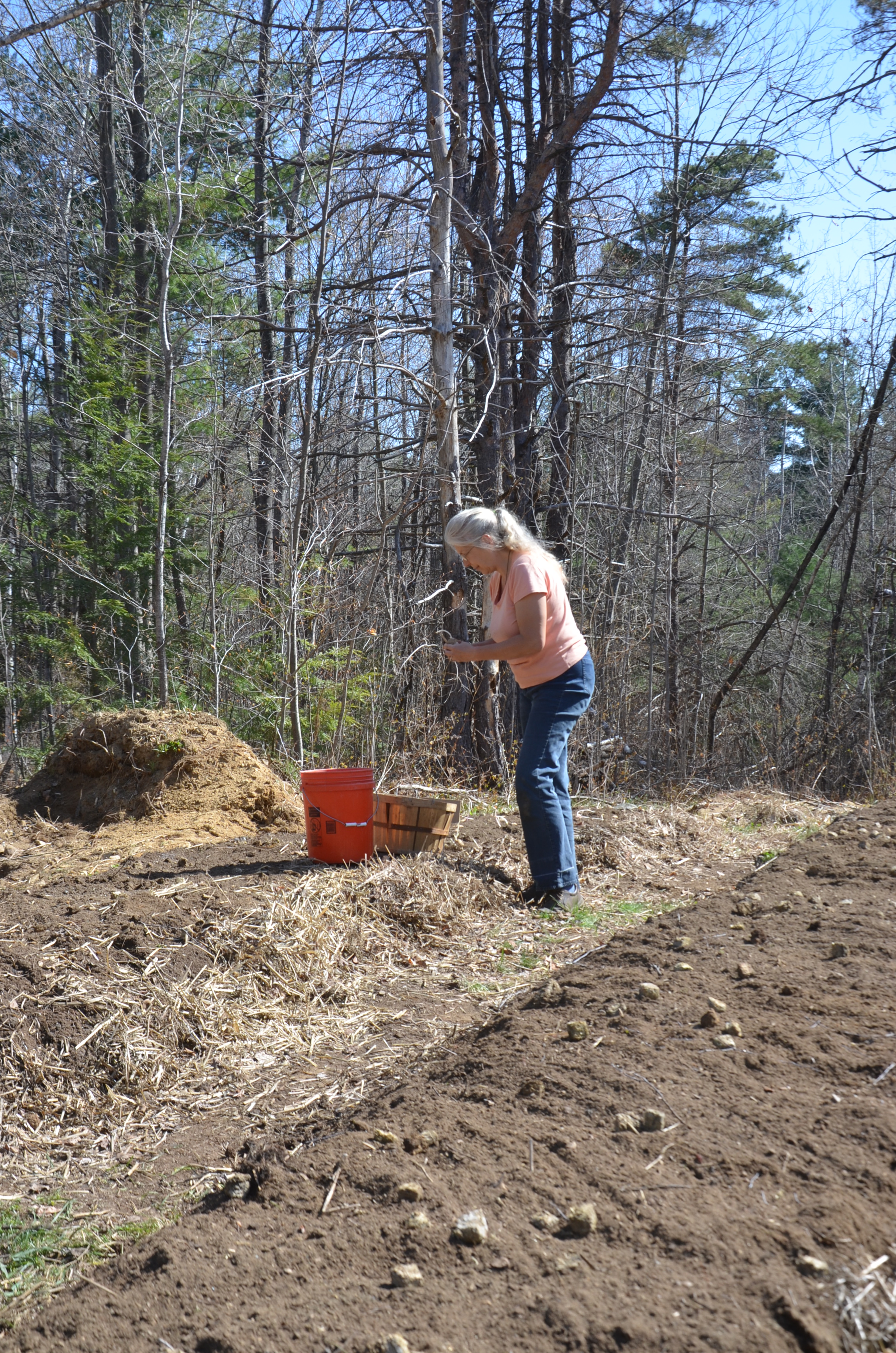




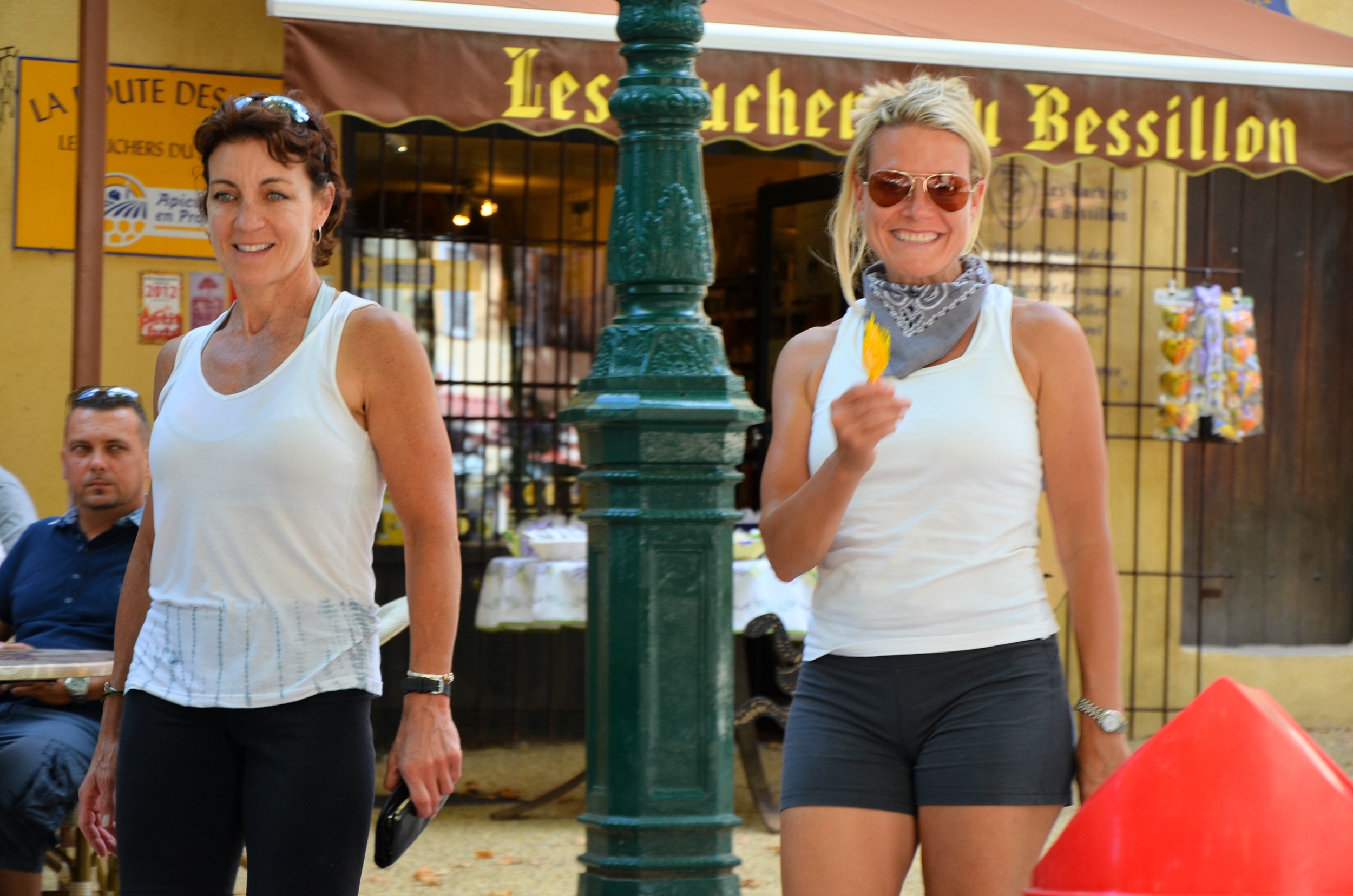




![Eating well in France [Laura has just biked a million miles on this day. We didn't] ](https://images.squarespace-cdn.com/content/v1/52deadc3e4b02ffcb6bcc82b/1397176157298-TPYKVBOCM13UWDRCQP8W/DSC_3025.JPG)












